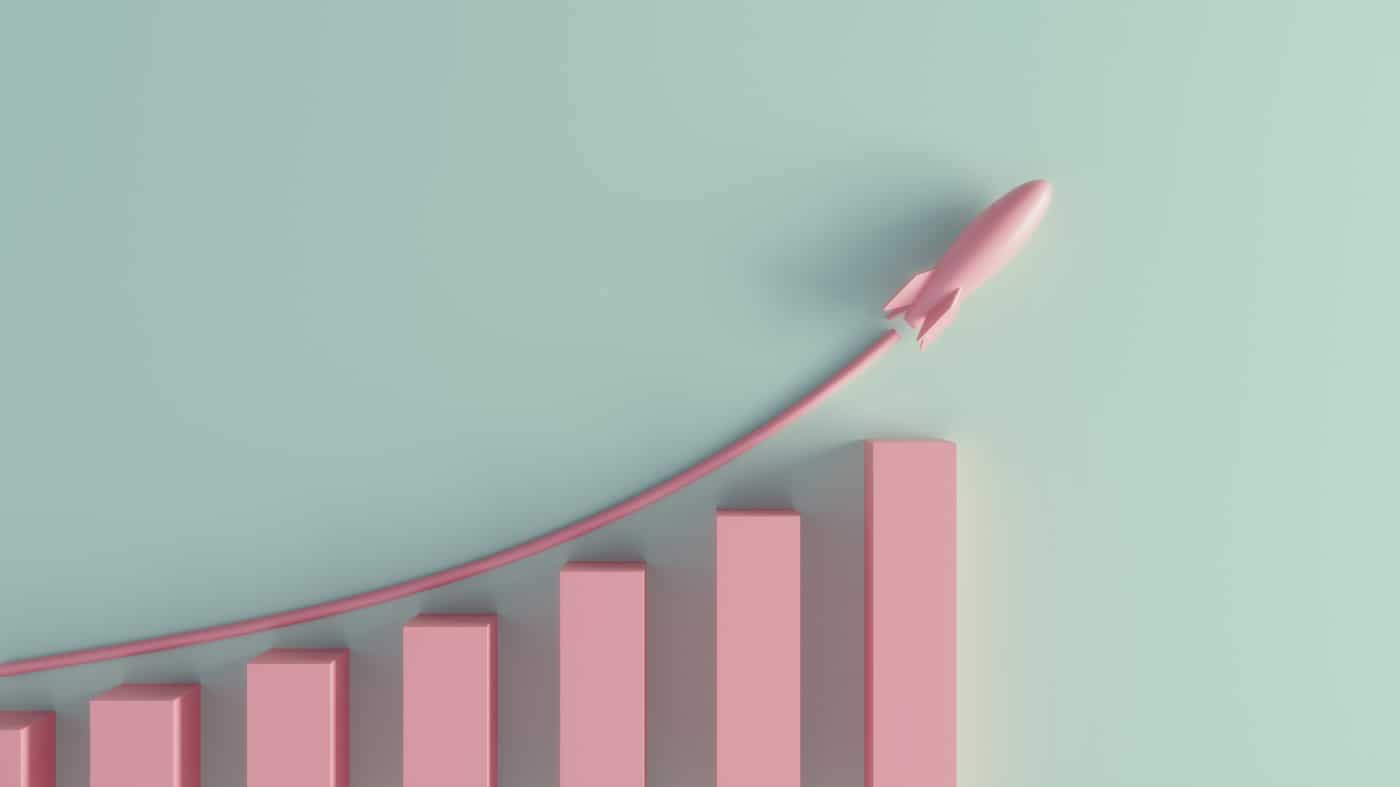
Image source: Getty Images
Shares in FTSE 250 firm abrdn (LSE: ABDN) are down 25% from their 15 December 12-month traded high of £1.86.
A stock’s yield moves in the opposite direction to its share price. So, as the 14.6p payout remained constant over the year, its yield increased from an already attractive 7.8% to a stunning 10.4%.
By contrast, the average FTSE 250 yield is 3.3%, and the FTSE 100’s is 3.6%.
Moreover, abrdn has paid the same 14.6p every year since 2020. And consensus analysts’ estimates are that it will keep doing so in 2025 and 2026 at least.
My investment rationale for the firm
I generally build up my stake in stocks in £5,000 blocks. This forces me to fully re-assess the reason behind the buying the stock each time. And in the case of a falling share price, it lowers the average cost of my holding.
I bought a £5,000 stake in abdn when it was relegated from the FTSE 100 in August 2023. This might appear a strange time to do it to many.
However, my view is that demoted stocks often present exceptional opportunities. First, they automatically drop enormously in price almost entirely because many big fund managers are obliged to sell them. This applies to FTSE 100-tracker funds and funds that are only allowed to invest in the top-credit-rated leading index.
To me, this means that a high-quality firm is trading at a lower-quality-firm price overnight for no fundamental reason.
And second, it means that stocks that were paying a good dividend before, suddenly see the yield shoot up by default.
What sort of income can this generate?
abrdn’s share price is at the low end of the year’s range, so I am considering buying another £5,000 block.
On the present 10.4% yield, this would make me £520 in dividends this year. Provided the yield averaged the same, this would rise to £5,200 after 10 years and to £15,600 after 30 years.
Crucially though, if bought more of the stock with the dividends it paid me, I would make much more. This is known as ‘dividend compounding’.
By doing this on the same average 10.4% yield I would make £9,083 in dividends after 10 years rather than £5,200. And on the same basis, that would rise to £106,720 after 30 years, not £15,600!
Adding in the original £5,000 investment and my arbdn holding would be worth £111,720 by then. If the 10.4% was still intact, the shares would be paying me £11,619 a year in dividend income, or £968 each month.
How does the business look now?
After its demotion last year, the firm began a major reorganisation. This aims to cut costs by about £150m and to increase profitability.
The key risk for the firm, in my view, is that this reorganisation fails in one of its two key elements for some reason. Intense competition in the sector could also squeeze its profit margins as well.
However, in H1 it saw adjusted operating expenses fell 13% to £372m. And it posted an IFRS post-tax profit of £171m against a £145m loss in the same period the previous year.
Consequently, given its progress so far in reorganising and its huge yield, I will be buying more of the shares very soon.













